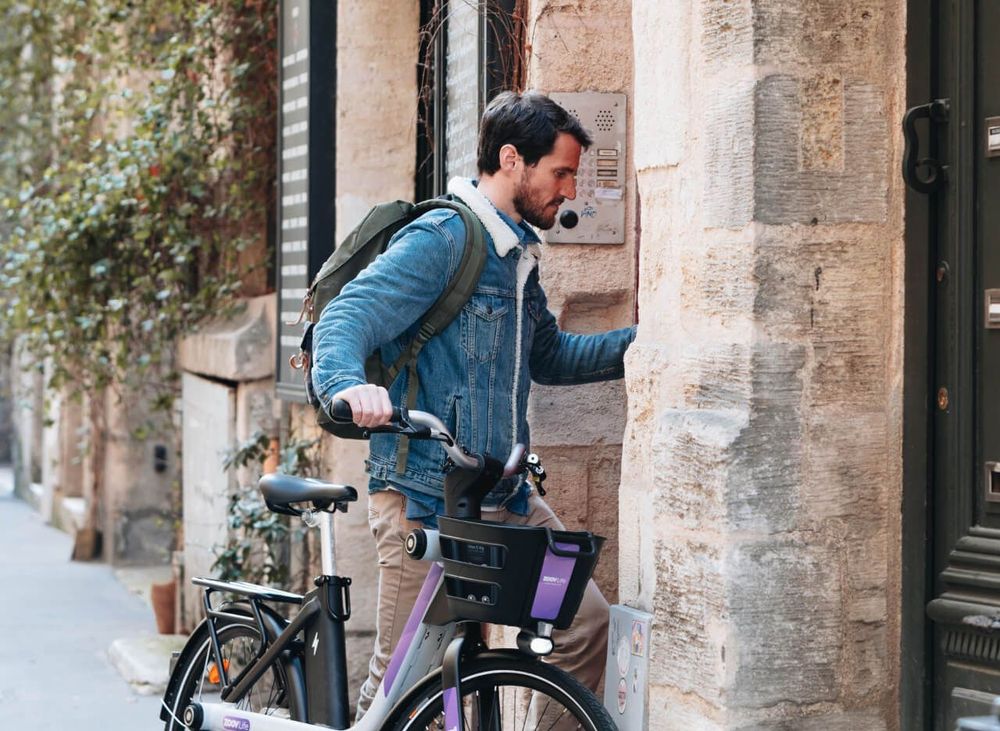We’re all aware of the benefits of cycling: reduced congestion and noise pollution, lower carbon emissions and improved happiness and health for citizens.
It's a no-brainer.
Public bike-sharing schemes are a great way to democratise access to bikes, but there is another way for cities to increase the uptake of cycling.
1. Low operational costs and steady revenue
Long-term rental projects require a significantly smaller investment to run than traditional bike-sharing schemes. From an operational perspective, there’s no rebalancing of the fleet, much less vandalism, and no stations to invest in. Users pay a monthly fee, usually for a minimum of 3 months, creating a constant flow of revenue coming in each month.
All that’s required is:
- An initial investment to acquire the bikes and spare parts
- A warehouse for maintenance (although you can always partner with local bike shops for repairs)
- A small team for recovering stolen bikes and making on-site repairs for users (if included in your offer)





